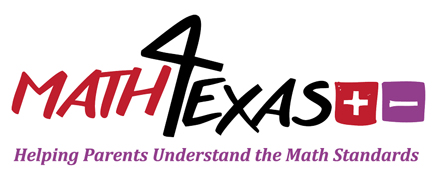T.i.P.S.
-
 Students will use their knowledge of rational numbers to calculate simple and compound interest earnings. Students will then compare the earnings based on simple interest and compound interest. It is the district's decision whether compound interest is compounded annually or for other time frames such as 6 months, 2 years, 5 years, etc.
Students will use their knowledge of rational numbers to calculate simple and compound interest earnings. Students will then compare the earnings based on simple interest and compound interest. It is the district's decision whether compound interest is compounded annually or for other time frames such as 6 months, 2 years, 5 years, etc.
Example
-
Calculate the simple interest earned and compare it to the compounded interest earned after 10 years if $5,500 is deposited into a savings account that earns 5.5% interest. What is the difference in the amounts earned? Round to the nearest cent, if necessary.
Digital Tools
-
Click on the following links for interactive games.
Resources
-
Click on the following links for more information.
TEKS
-
Supporting Standard
7.13 Personal financial literacy. The student applies mathematical process standards to develop an economic way of thinking and problem solving useful in one's life as a knowledgeable consumer and investor. The student is expected to:
(E) calculate and compare simple interest and compound interest earnings





 Click
Click 

